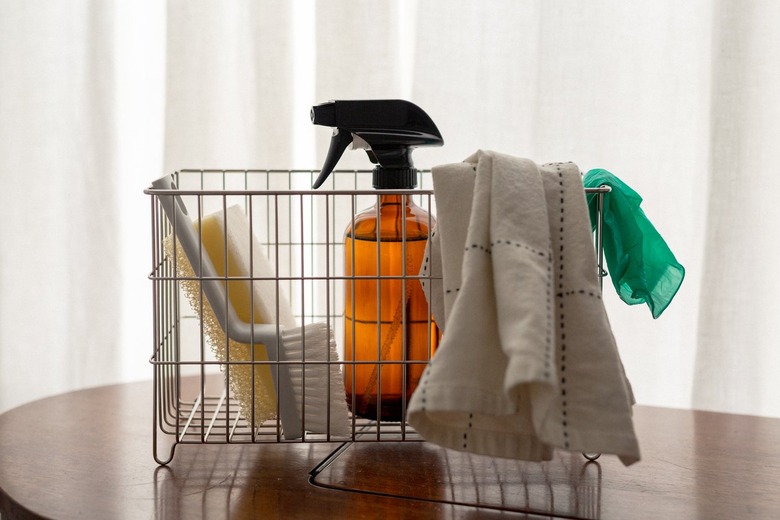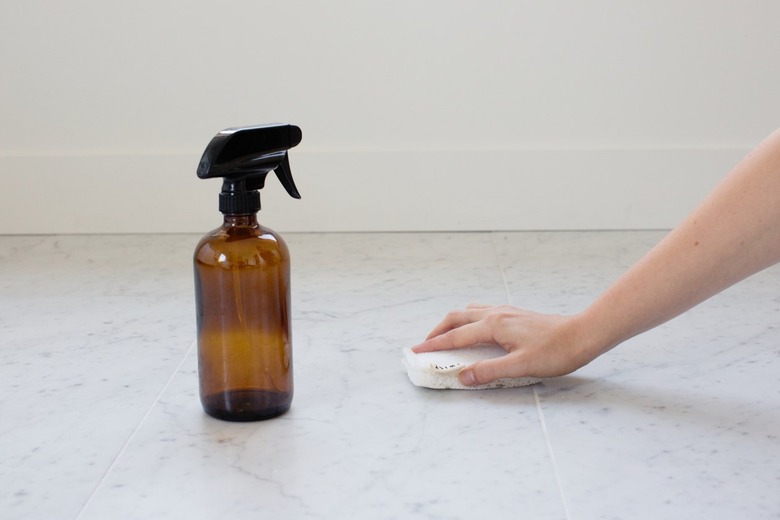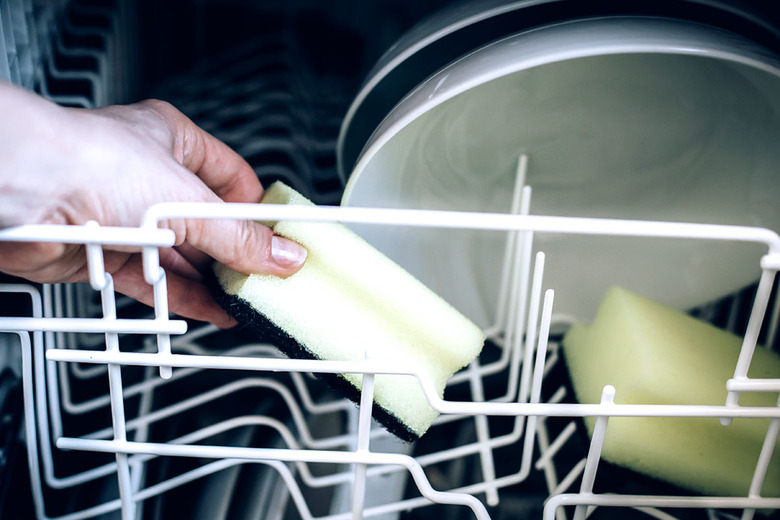This Popular Cleaning Item Is Actually Dangerous
You use it to clean your shower, your kitchen counters, your dishes. You use it to wipe up messes, absorb spills, clean walls, and scrub sinks. What is it?
You guessed it: the ubiquitous sponge. It's one of the most-used cleaning tools in the home. However, did you know that sponges start to harbour bacteria and germs after just the first use? You might want to read this ...
What Makes Sponges Dangerous
What Makes Sponges Dangerous
Once a sponge gets wet for the first time, bacteria starts to grow on and in it. Even after washing your sponges, they can harbor more bacteria than your toilet.
Repeat: Even after washing your sponges, they can harbor more bacteria than your toilet.
They are a hotspot for microbial growth — and because they are primarily moist, they can retain bacteria like salmonella, staphylococcus, and E.coli. So, when used across multiple surfaces, they can cross contaminate areas, unknowingly spreading bacteria from one area to another.
Is There a Way to Completely Clean a Sponge?
Is There a Way to Completely Clean a Sponge?
The short answer is no. There is no way to be sure that all bacteria is killed when you clean a sponge.
However, if you still want to use sponges, you should clean them in very hot water. The best way to do this is to run them through a cycle in your dishwasher since the water gets extremely hot. And, since we respect anyone's preference for sponges, here are two ways to keep them as germ-free as possible: How to Disinfect Your Sponge and How to Clean Your Sponges.
Once you wash the sponge, make sure it dries completely before using.


